Phonics: What Why & How

Phonics and spelling instruction can vary a lot from classroom to classroom. Over the last twelve years that I have been a first grade teacher, I have seen fads and techniques change too. Because of this, it can be confusing to know exactly what we should be doing for our students!
Although I would never call myself an expert, the information I am sharing is what I have learned through 18 years in the primary classroom. I love to research and read so hopefully I have some light to shed on this from both an experience standpoint as well as a research based standpoint.
First, I should mention that curriculum adoption provides a teacher with a resource, but the teacher’s methods and practices should be the main driving force in the learning. What I mean is that we pull the resources from our adoption to add to our instruction, but regardless of the curriculum, our lessons remain consistent.
What am I supposed to be focused on for phonics?
- Combine sounds from letters and common spelling patterns to create recognizable words
- Decode words with common spelling patterns
For engaging instruction we want the students to be actively learning. What exactly should they be doing? Pull the verbs out of your learning objectives.
Out of our learning objectives above, the verbs are:
- combine
- create
- decode
These verbs will be what your students should be doing in your lesson. We want students actively engaged in the learning.
The underlying purpose of phonological awareness and phonics instruction is to create lifelong learners that connect and apply what they know now with new levels of understanding.
Week after week in a kindergarten and first grade classroom new sounds, patterns, and words are being introduced to no avail! The pace is fast and furious. We must be consistent, clear, and provide high quality instruction orally, kinesthetically, and in hands-on and written activities. We must also take time to review previous knowledge and provide an avenue for connections to be made!
Let’s break up HOWwe teach this into two areas.
- Phonological Awareness
Provide explicit and systematic instruction focusing on only one or two phonemic awareness skills, such as segmenting and blending
Examples of this include all oral activities where the teacher talks with explicit mouth and hand instructions and the students interact orally blending, stretching, hearing, tapping, or chunking sounds. A mouth moving puppet is also used to add interest and to have a back and forth flow to the lesson.
Begin with auditory phonemic activities and link sounds to letters
When ready, students take the oral activities and link them to written letters and words. Phonological games can be played orally by tapping and blending sounds, as well as by writing on a recording sheet as a game with a partner.
Use letters to manipulate phonemes and help students apply their knowledge of phonemic awareness when reading and writing
Students may be able to apply their learning orally, but will still require practice of letter manipulation to apply it in writing and reading. Those that come to you already ahead of the class with reading still need time to manipulate letters and sounds. Many times these kids lack the skill of segmenting because they learned to read so quickly and maybe without some foundational skills.
- Phonics and Word Study
Provide explicit, systematic phonics instruction that teachers a set of letter sound relations.
Consistency provides structure and confidence for your young learners. Being exposed to a new sound pattern in a structure and format that is not new lowers anxiety and builds confidence in experimenting decoders. To read a break down of my daily word work activities you can read this post.
Provide explicit instruction in blending sounds to read words
We all know that practice makes perfect. Provide materials that allow students to have opportunity to practice what is being taught. Remember that students need to actively practice new concepts and review old ones to continue to have success.
Give substantial practice applying phonics as students read and write.
Have fun with spelling patterns and really anchor the new pattern to meaningful activities that excite and inspire your learners!
Resources
You are the best resource for your students! Pull what works well with your class from your curriculum, provide explicit and consistent instruction. Engage your students with the verbs from your learning objectives and most of all have fun!
If you are interested in the items you see in the images of this post, you can click any image to find that particular product.



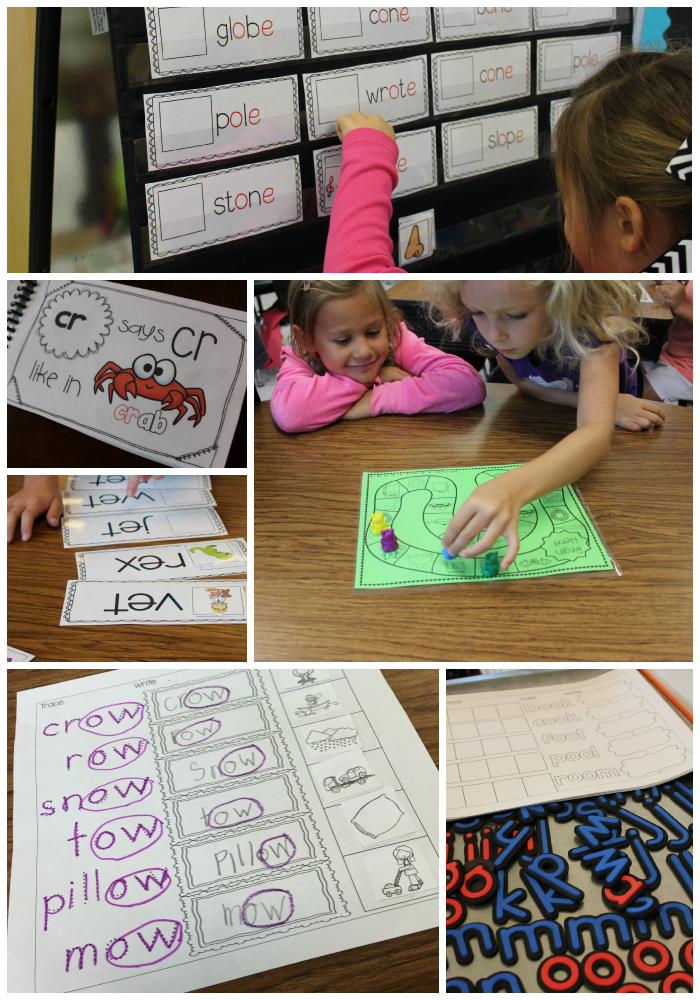

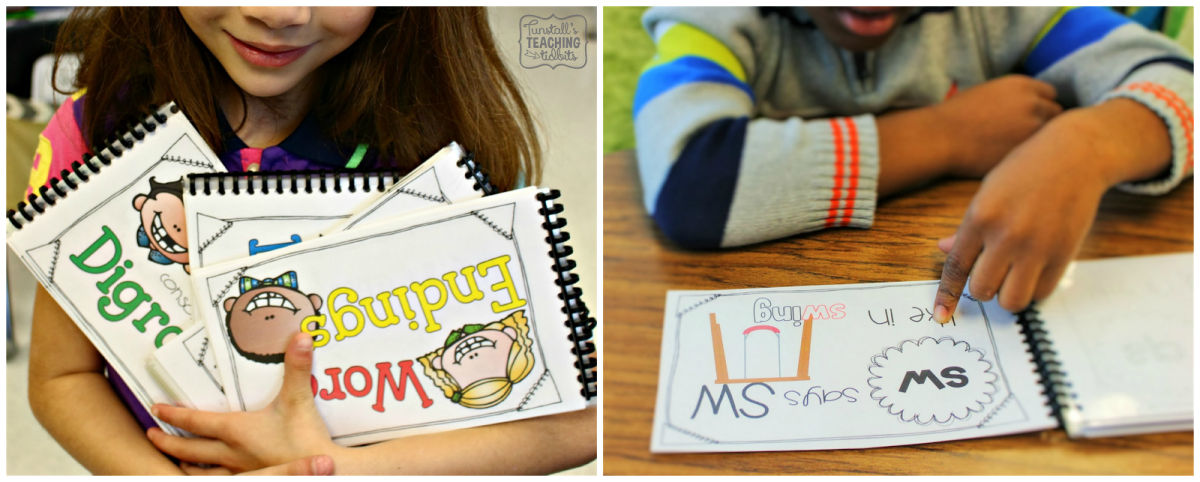

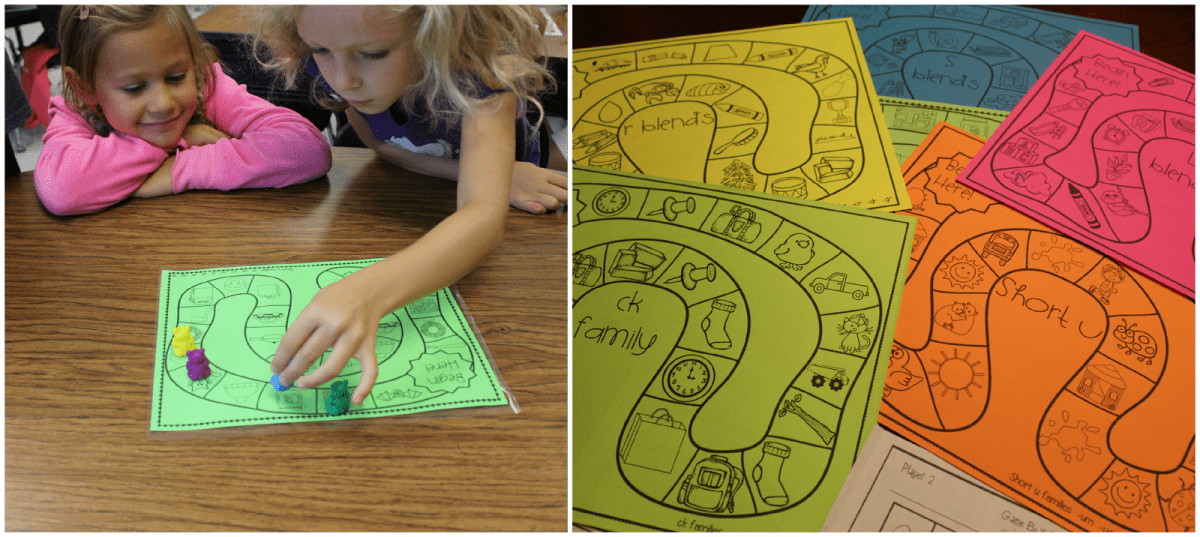
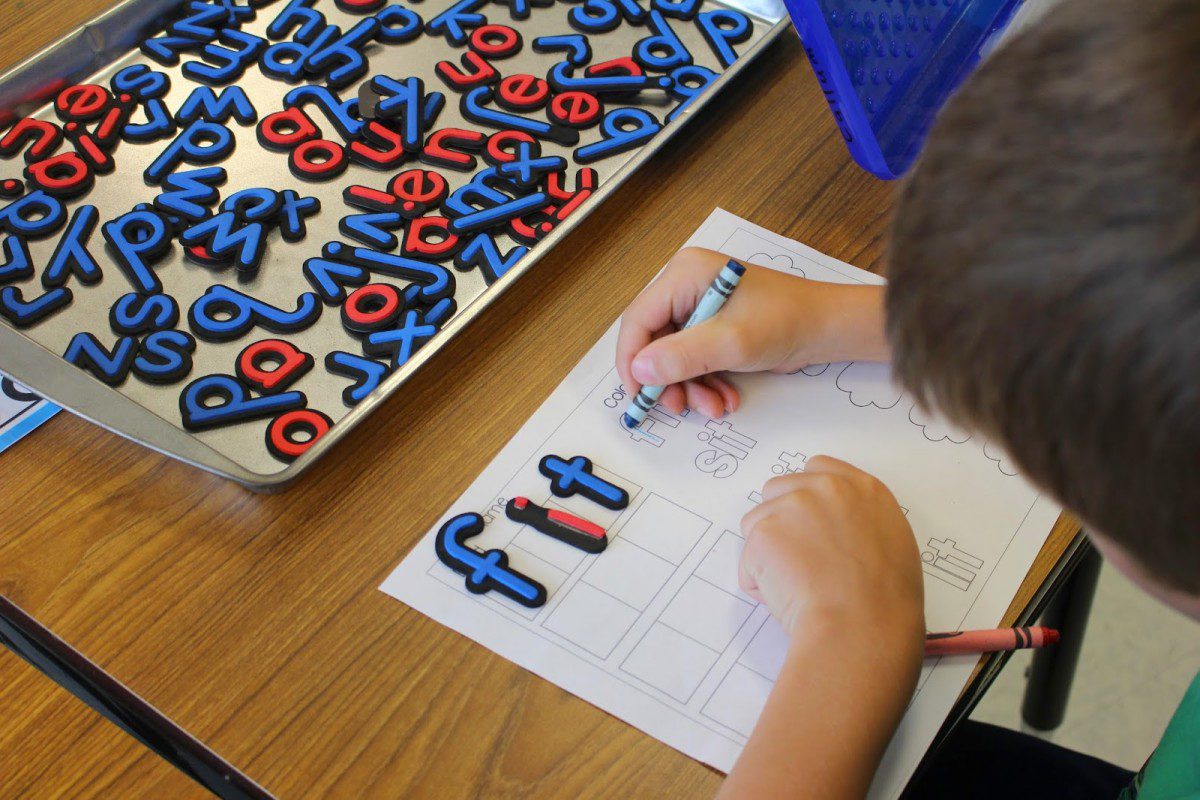
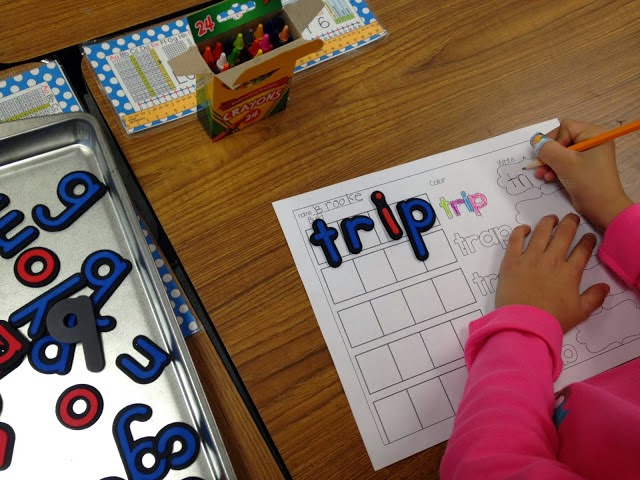
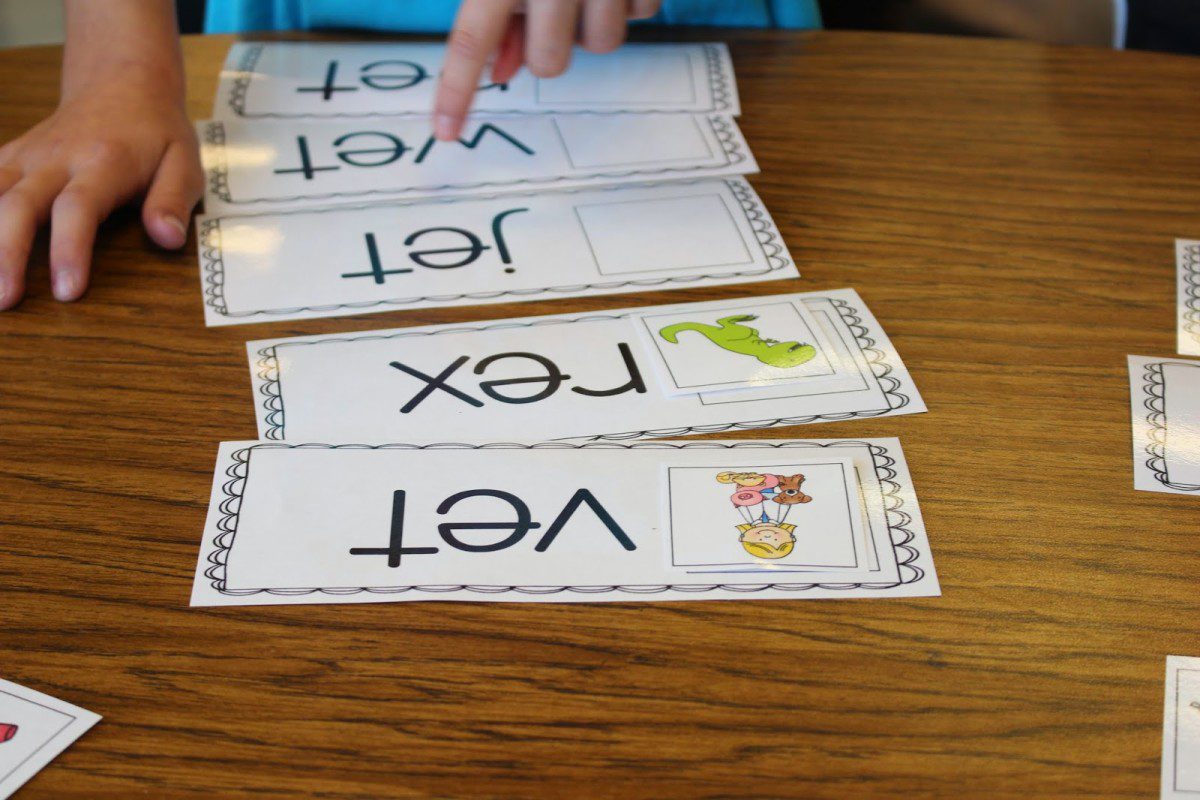
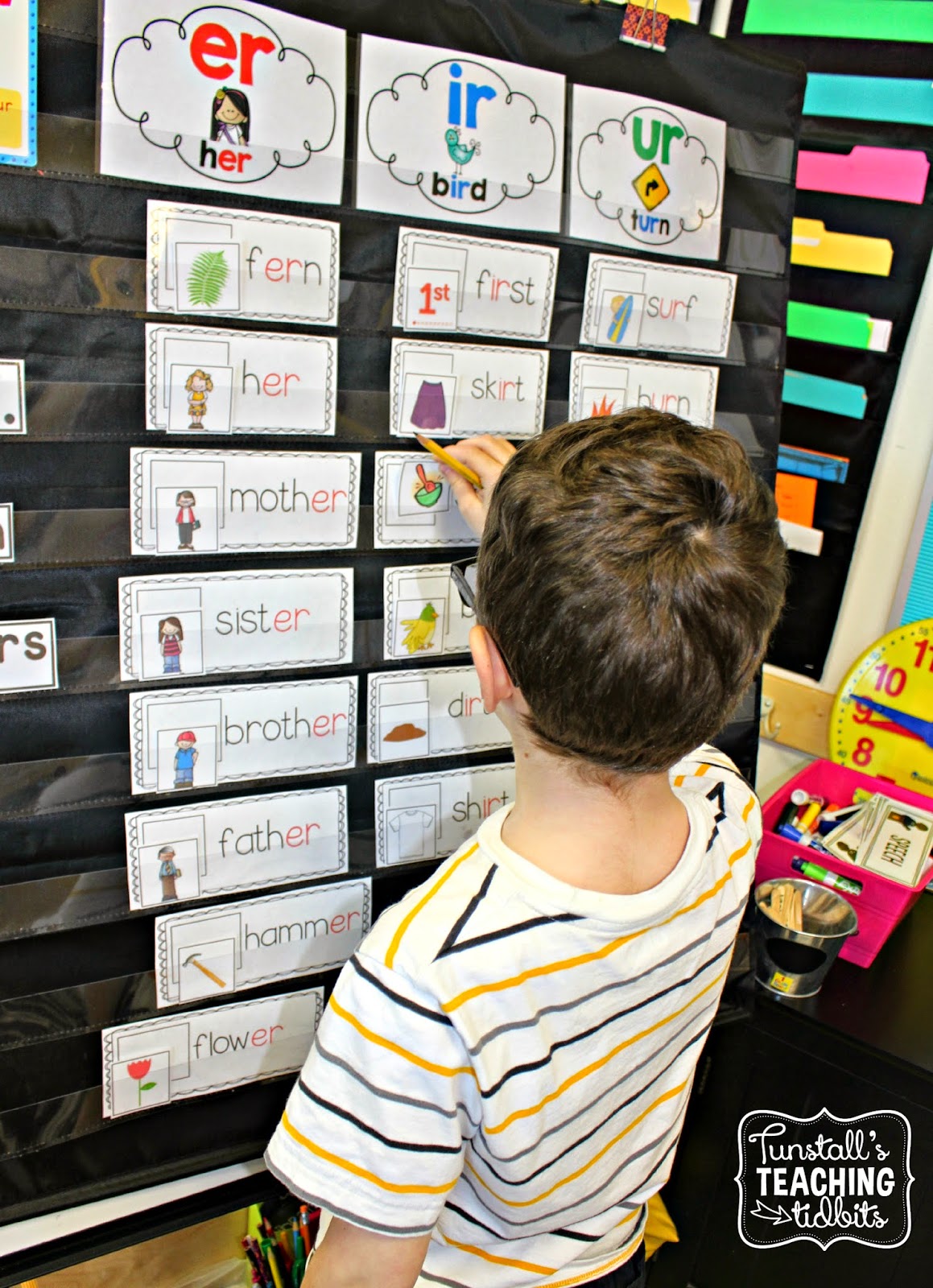

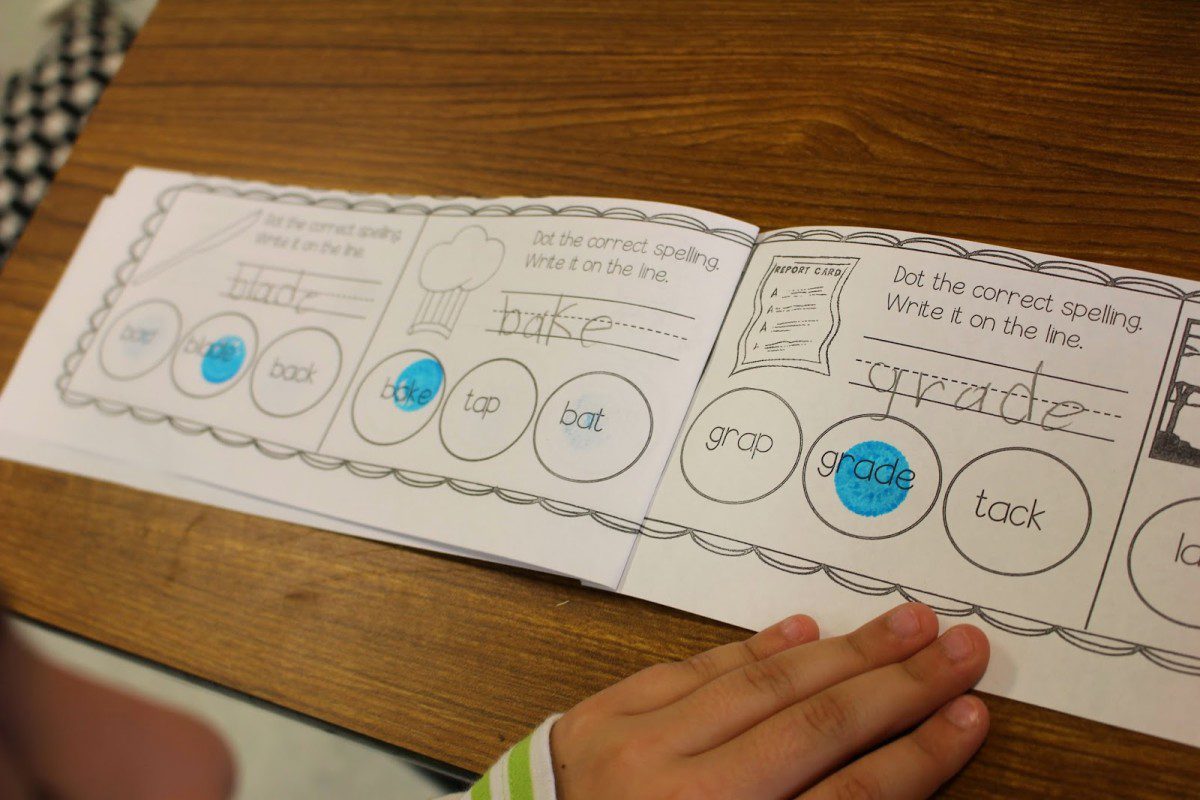
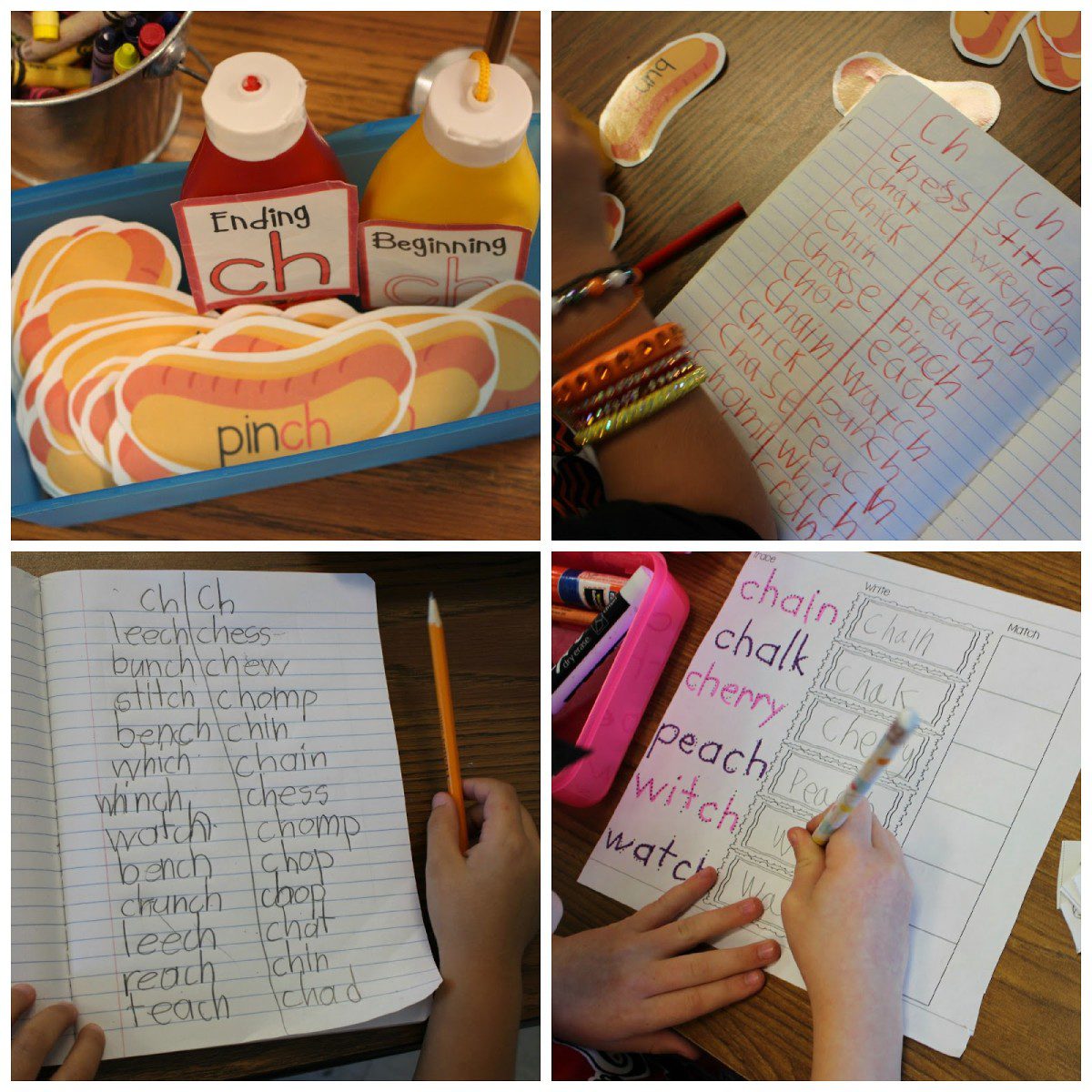



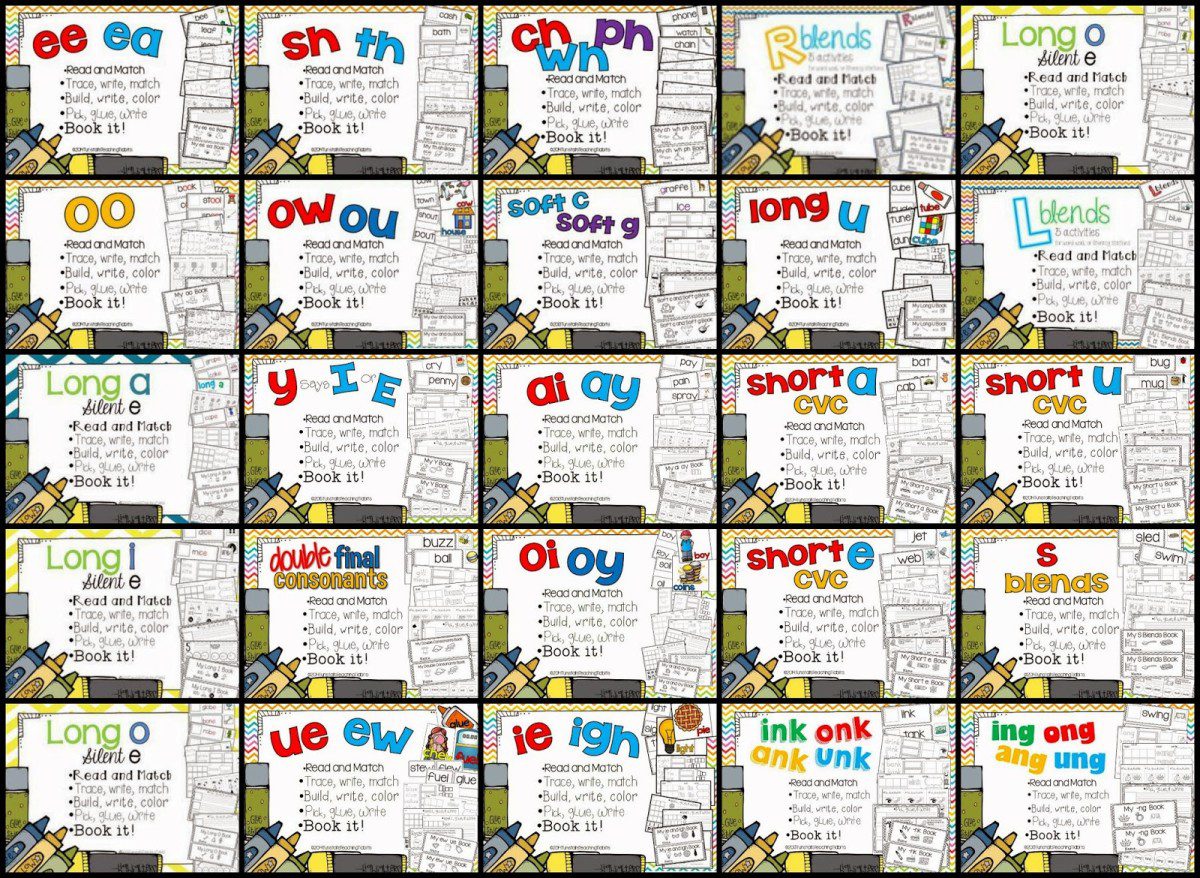


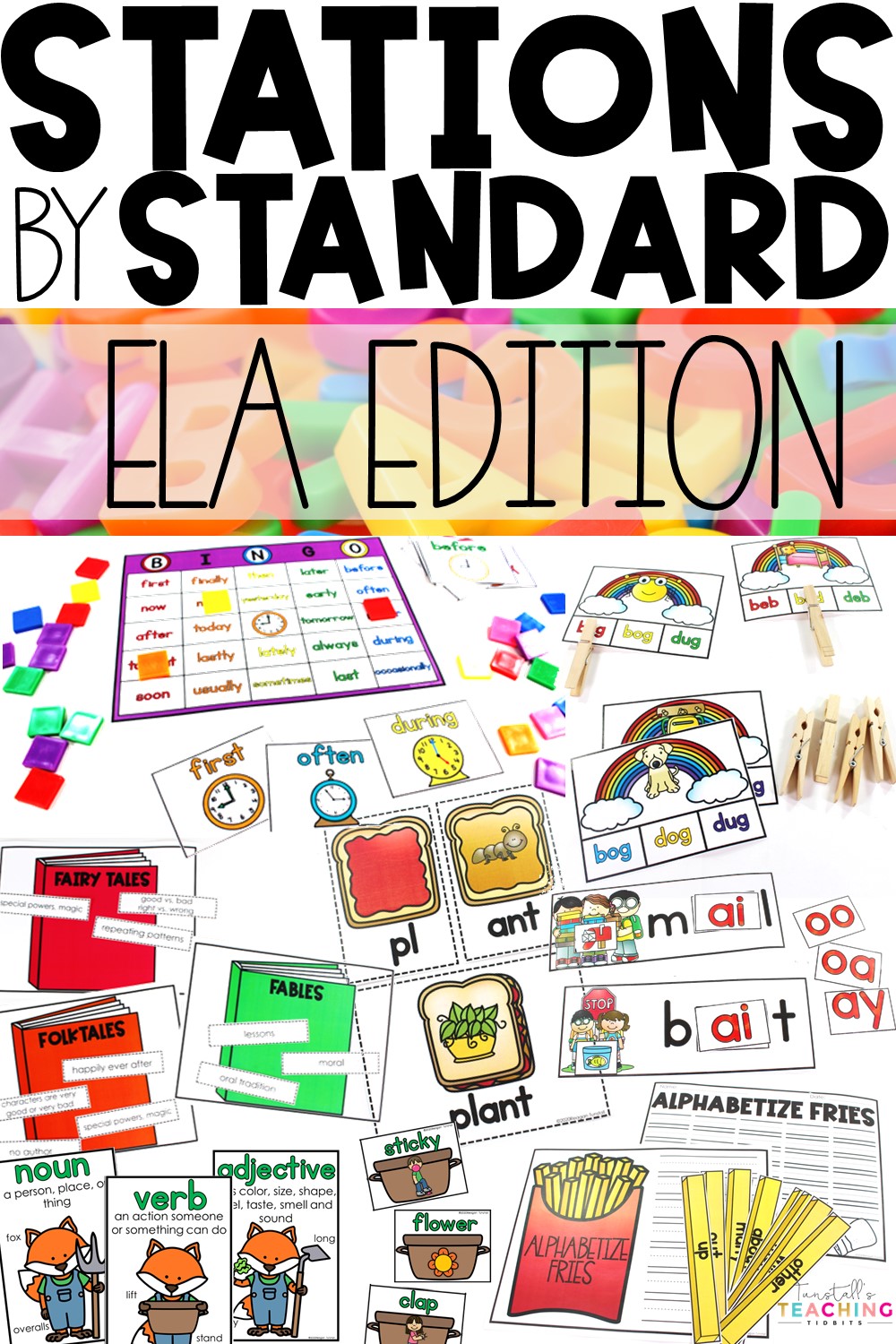
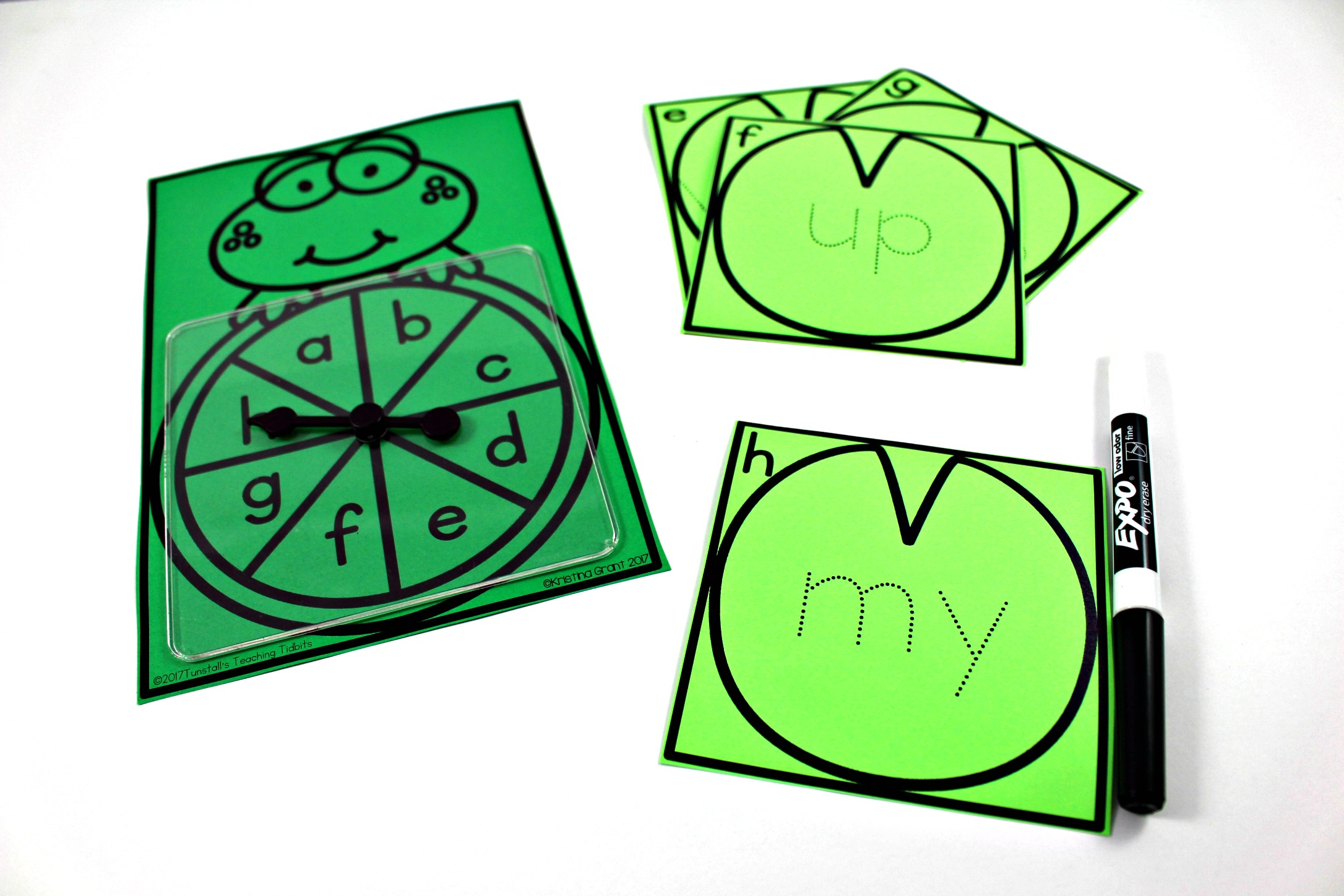


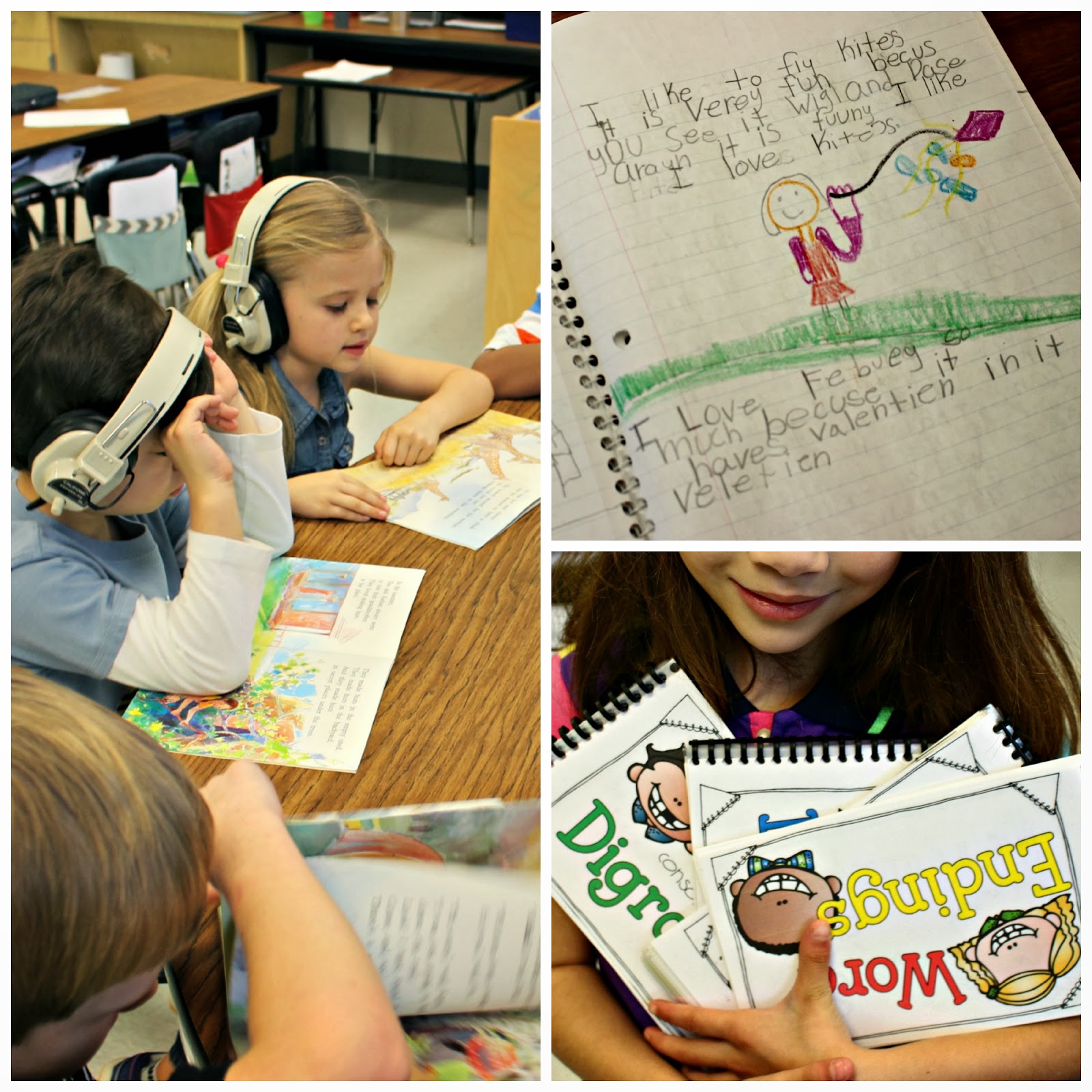
I love the way you broke down the process, I have been doing this a long time, but my students vary so much from year to year, sometimes I have years where we only work on behavior and self help skills and changing gears to teach reading is difficult. I need reminders! Our district chooses our programs and demands that they be taught exactly as written, as an "intensive classroom" we have some flexibility, but they have a list of alternative programs we are allowed to use. You are absolutely right about using our own style to drive it, this year I have a direct instruction math that I like, but it is too much auditory without visual, so I built in the visual and my kids and I are much happier! I am so sorry to talk so long! thank you for all your hard work and willingness to share, Paula
Totally agree with you – systematic, explicit instruction works!
-Susan Hoch-
Reading Specialist
I absolutely enjoyed this blog entry. Thanks for being such a light to teachers 🙂
Thanks for all the good information. Love your posts and your products.
Thanks for sharing your ideas! This was very helpful! What order do you teach the sounds? Where did you get your magnetic letters? How many sets do you have? I can't wait to start using these centers!
So many great ideas! Thank you so much for sharing!! I will be spending some time with my first grade team and talking to them about which sets we might like to purchase. This post is so informative and full of great insight. As a first year teacher, I truly appreciate your blog and all the ideas and products you share! Thank you 🙂
Hello!!! I love all of your products and have purchased most of them. I was wondering for your phonics bundle have you ever thought about adding an -ed, -ing unit? I know my kids struggle with this and would love to be able to add it to their phonics drawers!
Thanks for sharing all of your awesome products with us!